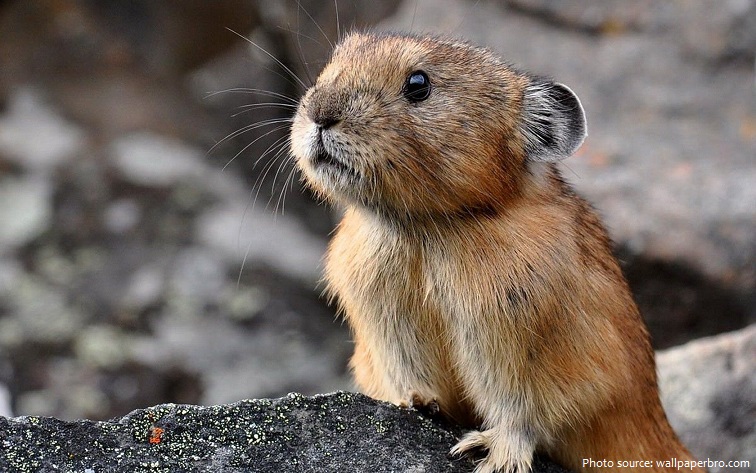

The first reason for this is the home-sharing that the pikas unwittingly facilitate on the QTP. Rather than blaming the plateau pika for the damage and treating it as a pest, they say, it should be considered a ‘keystone species’ of the local QTP ecosystem. And pikas are actually just an indication of the problem, not the cause, Wilson and Smith reported in the journal AMBIO last month. By 2013, the researchers report, 78,500 km2 of land had been poisoned, specifically for the eradication of pikas, at a cost of $25.5 million, and over 31,000 km2 were targeted for extermination this year.Īnd yet, five decades of poisoning and eradication later, the condition of the land has not improved. According to Maxwell Wilson and Andrew Smith from Arizona State, by 2006, an area of 357,060 km2 had been poisoned in Qinghai province alone - a project that cost almost $100 million to complete.

The poisoning began in 1958, and first became widespread in 1962, as local authorities applied zinc phosphate - a potent rodenticide - to the area. For pikas, their pest status has led to mass eradication by poisoning. In some areas of Australia, our native dog, the dingo, has been classified a pest and is culled and strung up on poles. Several decades ago in Australia, emus were classified as pests, and the Australian Army was tasked with destroying entire mobs of them with machine guns. If you’re a wild animal, the last thing you want to be classified as is a pest, because terrible things can happen to you when you are. In reality, domestic animals have been overgrazing in the area, which led to its degradation, which in turn made it more suitable for pika burrows, so they all moved in. These adorable natives dig into the QTP to set up their large underground warrens, and in some places, this land will harbour more than 74 individual pikas per hectare.īecause of this saturation, the plateau pikas have been classified them as pests by the local Chinese authorities - they often refer to them as ‘rats’ - and their large numbers have been blamed for the increasingly degraded landscape they live on. In the vast alpine meadows that make up 70 percent of the QTP, by far, the most abundant creature is the plateau pika ( Ochotona curzoniae), a fat little guy with a thick, tawny coat and a body that will only ever grow to 140 grams in weight. Often referred to as ‘the Water Tower of Asia,’ this 2.5 million km2 region is the origin point of 10 major rivers that flow into India, Bangladesh, China, Nepal, Pakistan, Thailand, Myanmar, and Vietnam, making it one of the largest sources of fresh water on the planet. But for more than 50 years, that’s what’s been going on, and now researchers from Arizona State University have figured out that it’s actually just not a very good idea.Ībout 20 percent of the world’s population relies on the water that drains off from and runs underneath the land of the Qinghai-Tibetan Plateau (QTP).

I don’t want a tiny pika ghost town.įortunately, I’m not the Chinese government, so making pika ghost towns for the perceived good of my people is not something I’m likely ever going to have to consider. Once everyone’s moved in, I probably wouldn’t plan a mass eradication program that would leave all of those tiny homes vacant. I think about giving it cuddles, I think about giving it scritches, and yes, I might also consider building it a tiny home with a tiny bed in a tiny city where all of its friends can live nearby in tiny homes of their own that I would also consider building. You know, when I look at a pika, poisoning it isn’t the first thing I think about.


 0 kommentar(er)
0 kommentar(er)
